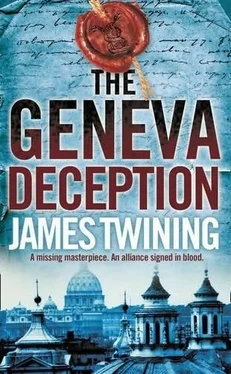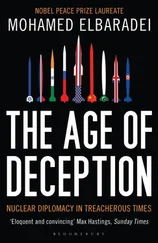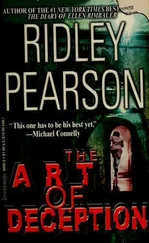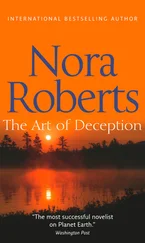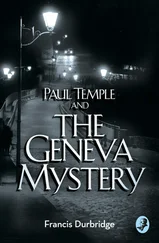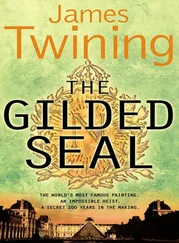The Getty kouros, supposedly from the sixth century BC, was bought by the Getty from a Swiss dealer in 1983 for a reported $7-9 million. A kouros is a statue of a standing nude youth that did not represent any one individual person, but the ideal of youth itself. Used in Archaic Greece as both a dedication to the gods in sanctuaries and as a grave monument, the standard kouros stood with his left foot forward, arms at his sides, looking straight ahead. The Getty kouros has always attracted controversy, for while scientific tests have shown that the patina on the surface could not have been created artificially, a mixture of earlier and later stylistic features and the use of marble from the island of Thassos at an unexpected date, have caused some to doubt its authenticity. These doubts were compounded when several of the other pieces bought with the kouros were shown to be forgeries, and when a letter accompanying it, supposedly written by German scholar Ernst Langlotz in 1952 indicating that the kouros came from a Swiss collection, was also revealed as a forgery, since it bore a postal code that only came into use in the 1970s. In 1992, the kouros was displayed in Athens, Greece, at an international conference called to determine its authenticity. However, the conference failed to resolve the issue, with most art historians and archaeologists denouncing it, and the scientific community believing it to be authentic. To this day, the statue’s authenticity remains unresolved and it is displayed with the inscription: ‘Greek, 530 BC, or modern forgery.’
My thanks to my fantastic agent, Jonathan Lloyd, and the whole team at Curtis Brown in London, who have done such a fantastic job of supporting me and promoting my work both here and abroad.
Thank you also to my editor Wayne Brookes, whose skill and endless energy and passion for my books has made me a better (I think!) writer. My thanks, of course, also go to the rest of the team at Harper Collins in the sales, editorial, marketing and creative departments, who have continued to work wonders for me.
In researching this novel I owe a debt of gratitude to two excellent books: The Medici Conspiracy by Peter Watson and Cecilia Todeschini, and Stealing History by Roger Atwood. I would also like to thank the Arlington National Cemetery in Washington DC, the Galleria Doria Pamphilj, the Palazzo Barberini and the Cimitero Acattolico in Rome, the Geneva Freeport and the Société des Bains de Mer in Monaco.
As ever, many people helped in the original conception and writing of this novel, but special thanks go to Jessica Hughes who first aroused my interest in the international trade in looted antiquities and Francesco Russo, Gemma J’Auria and Flavia Ruffini. Thanks also to Ann, Bob and Joanna Twining and Roy and Claire Toft for their guidance and encouragement.
Victoria, Amelia, Jemima and now Felix! – I love you all.
London, April 2009

***

Конец ознакомительного отрывка
Купить книгу
